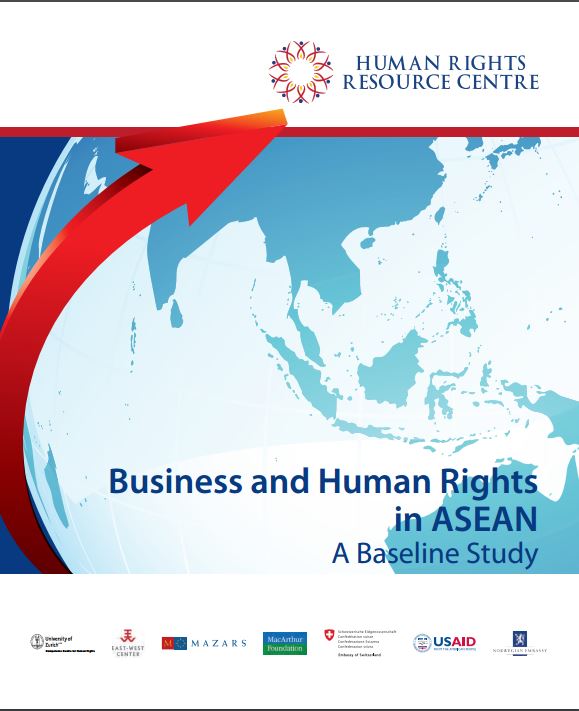 |
Susanne Zwingel, Associate Professor, Dept. of Politics and International Relations, INR Graduate Program Director of the Florida International University would like to share an online resource that she has put together with the help of her students: a collection of domestic use of CEDAW, available here: http://libguides.fiu.edu/ All of these sources document how diverse actors, including governments and civil society organizations, have used CEDAW at home. As you will see, sometimes this use is direct, sometimes more an "ingredient" in broader strategies. The organization of the collection is alphabetically per country, and within each country, the newest sources come first. Some (but not all) of the sources can be accessed directly online. |






